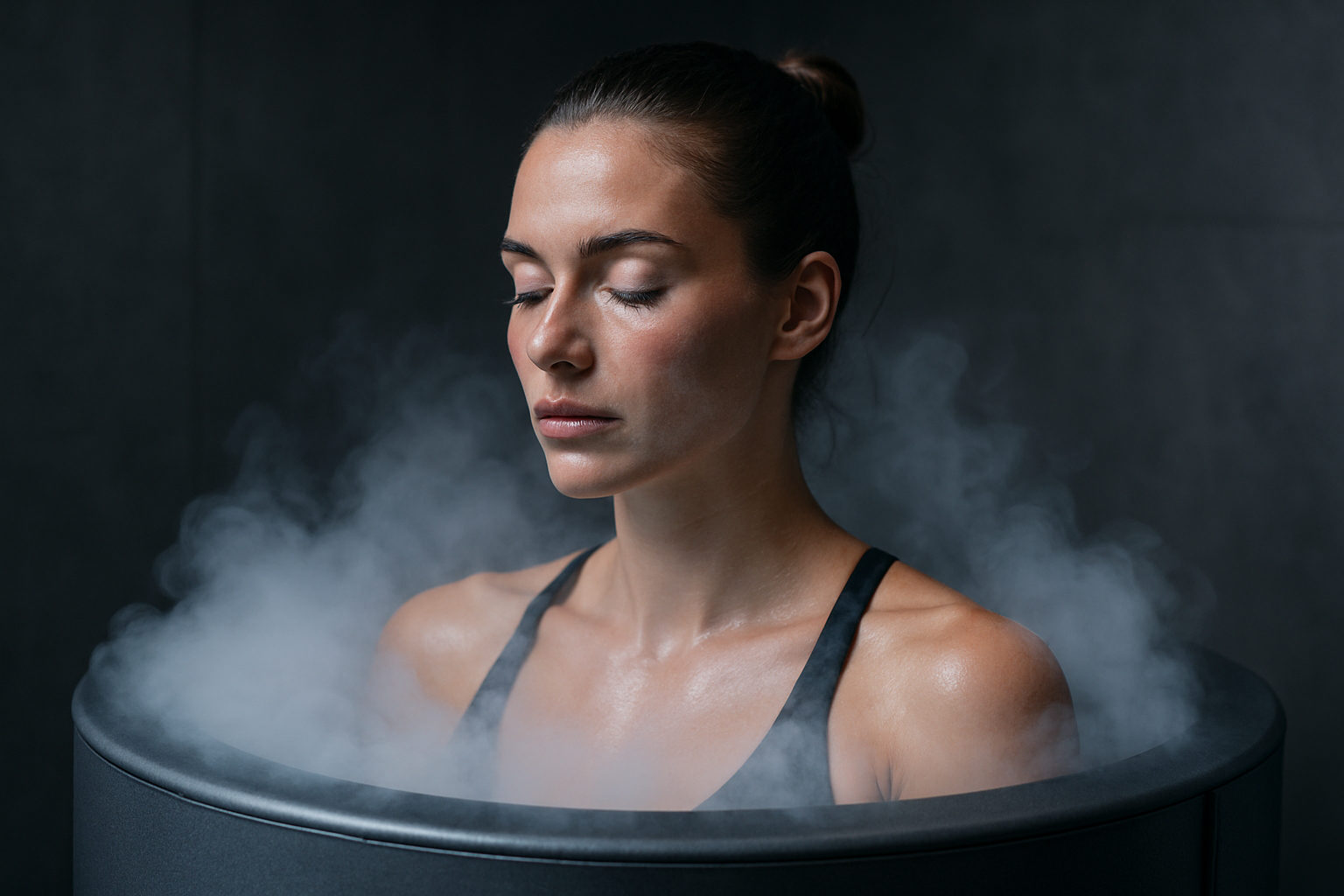Recognizing When Nasal Discharge Requires Medical Attention
A runny nose can result from common colds, seasonal allergy, sinus irritation, or changes in humidity and environment. Most episodes of nasal mucus and congestion improve with home measures such as saline rinses, steam inhalation, hydration, and humidity control. However, certain patterns of drainage, persistent symptoms, or additional signs may indicate a need for medical evaluation and targeted treatment.

This article is for informational purposes only and should not be considered medical advice. Please consult a qualified healthcare professional for personalized guidance and treatment.
What does nasal mucus indicate?
Nasal mucus is a normal protective fluid that traps dust, microbes, and allergens. Clear, thin mucus is often associated with viral infections or allergies, while thicker or discolored mucus can reflect dehydration, prolonged congestion, or secondary changes. The volume and consistency of mucus, together with other symptoms such as sneezing or facial pressure, help clarify whether the issue is a simple irritation, an allergic response, or a developing sinus condition. Pay attention to sudden changes in drainage and the presence of unusual odors or blood.
When is congestion a concern?
Congestion that interferes with sleep, causes difficulty breathing, or lasts longer than 10–14 days warrants closer attention. Persistent nasal obstruction can lead to mouth breathing, disturbed sleep, or ear discomfort. If congestion is accompanied by high fever, severe facial pain, swelling around the eyes, or neurological symptoms like altered vision or confusion, seek prompt medical evaluation. Environmental contributors such as low humidity or occupational irritants may be addressed locally, but prolonged or worsening congestion could indicate sinus infection or an anatomical issue requiring specialist review.
Recognizing infection versus allergy
Distinguishing infection from allergy guides appropriate care. Allergies often cause itchy eyes and nose, repetitive sneezing, clear watery drainage, and symptoms that follow exposure to triggers. Viral infections typically produce congestion, clear to yellow mucus, and systemic symptoms like malaise or low-grade fever that peak within a few days. Bacterial sinus infection is more likely when facial pain, purulent (thick yellow/green) drainage, and fevers persist beyond ten days or when symptoms initially improve and then worsen. If you suspect bacterial sinusitis, a clinician can assess for targeted therapy.
How to manage drainage at home
Conservative measures commonly reduce mucus and nasal drainage. Saline nasal irrigation or saline sprays help clear mucus and allergens from nasal passages and can be used several times daily. Steam inhalation and warm compresses may relieve congestion temporarily by loosening secretions. Staying well hydrated thins mucus and supports clearance. Adjusting indoor humidity to comfortable levels can prevent overly dry or excessively moist air that worsens symptoms. Elevating the head while sleeping and gentle nasal suction for infants are additional nonpharmacologic options.
Medications: decongestant and antihistamine considerations
Over-the-counter decongestants and antihistamines can relieve specific symptom patterns but require cautious use. Short-acting oral or topical decongestants may reduce nasal congestion, but topical nasal sprays should not be used for more than a few days to avoid rebound congestion. Antihistamines are effective when allergy is the main driver, especially for itchy eyes and clear drainage. If symptoms are severe or unclear, consult a healthcare professional before starting regular medications; underlying sinus or respiratory conditions may change the recommended approach.
Prevention and environmental measures
Prevention focuses on minimizing exposure to triggers and maintaining nasal health. Regular hand hygiene reduces the spread of viral infections. Identifying and reducing indoor allergens—using HEPA filters, washing bedding, and controlling humidity—can lessen allergic drainage. Avoiding smoke and strong chemical irritants, staying hydrated, and using saline rinses during allergy season are practical steps. For those with recurrent or chronic symptoms, primary care or ENT evaluation can identify structural factors or chronic sinus conditions that benefit from targeted management.
Recognizing when nasal discharge requires medical attention depends on duration, severity, associated symptoms, and response to home care. Clear, transient mucus and mild congestion often resolve with saline, steam, and hydration, while persistent, worsening, or complicated symptoms—fever, severe facial pain, vision changes, or breathing difficulty—should prompt medical evaluation. A clinician can determine whether testing, prescription medication, or referral to a specialist is appropriate based on the pattern of symptoms and individual risk factors.






